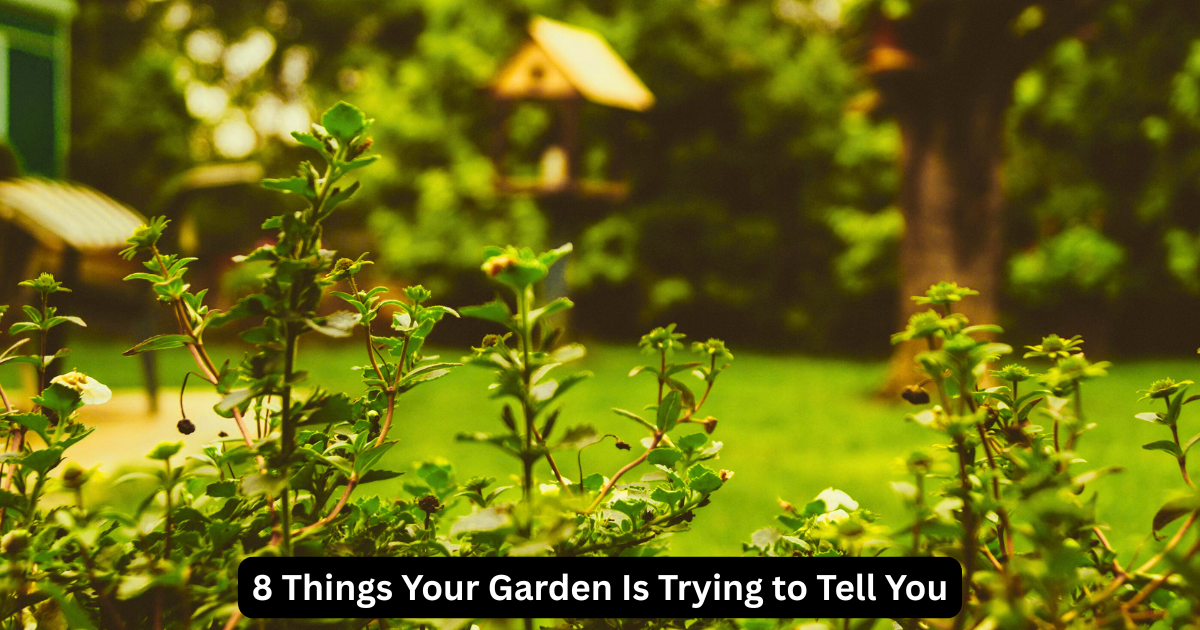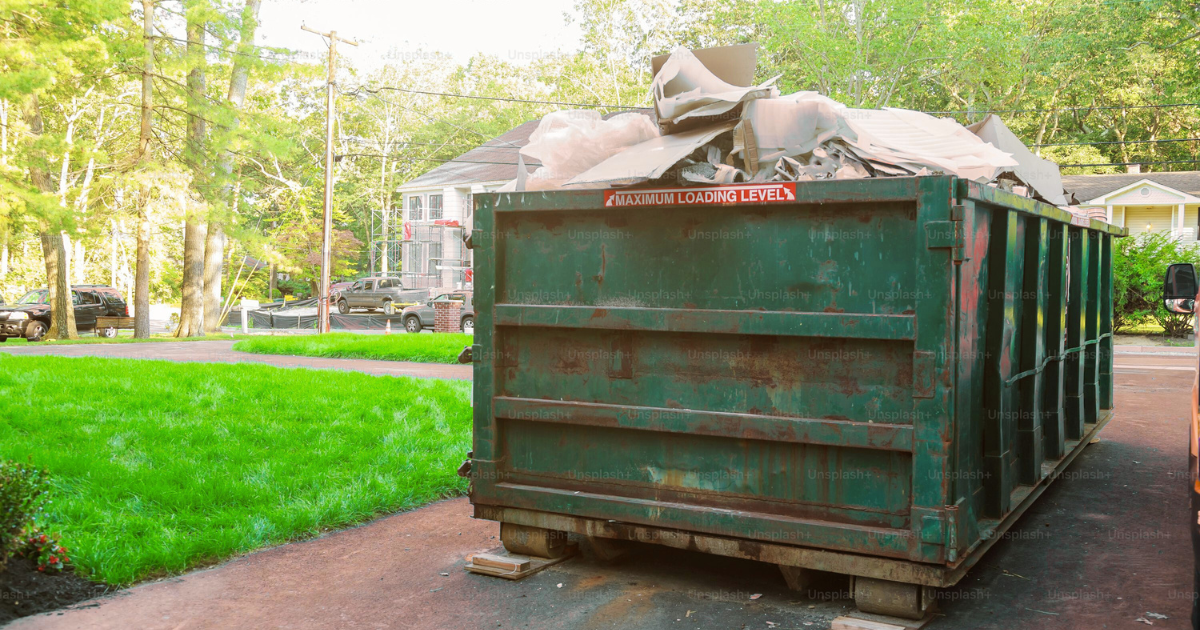Your garden is constantly sending signals. Some are obvious, like overgrown grass. Others are easier to overlook until they become bigger problems. But the truth is, your outdoor space is speaking to you. The question is, are you listening?
Here are eight common signs that your garden is asking for a little attention.
1. The lawn looks wild and uneven
If your grass is tall, patchy, or curling over itself, it’s time to use your mower. When lawns are left too long, the grass begins to compete for sunlight and nutrients. That leads to weak roots, uneven color, and even pests moving in.
Mowing regularly keeps things balanced. It encourages thicker, healthier growth, and prevents weeds from spreading. Plus, it just looks cleaner. A neat lawn is one of the quickest ways to lift the whole feel of your garden.
If your mower leaves jagged edges, the blade might need sharpening. Dull blades can stress the grass, causing it to yellow or brown around the cut tips.
2. Yellow or pale leaves are popping up
When plants start showing pale, yellowing leaves, they’re not getting what they need. This is often a sign of poor soil nutrition, especially a nitrogen shortage. Other times, it’s related to overwatering or waterlogged roots.
The key is to observe where the yellowing happens.
- Lower leaves only – Often a nitrogen issue
- Edges turn yellow first – Could be potassium deficiency
- Sudden all-over yellowing – Too much water or poor drainage
Feeding your garden the right nutrients and watching how much water it’s getting can make a huge difference. Don’t ignore yellowing. It’s your garden waving a red flag.
3. You’re seeing more weeds than usual
Weeds are opportunists. If they’re taking over, that’s a clear sign something’s off balance. Bare patches in your lawn or garden beds give weeds a place to thrive. Poor soil, inconsistent watering, or compacted ground makes it even easier for them to spread.
It’s not just about pulling them up. Figure out why they’re showing up in the first place. Cover bare soil. Keep the lawn thick. And, avoid letting weeds flower or go to seed, or you’ll be dealing with hundreds more soon enough.
4. Leaves look crispy or scorched
Crispy edges and scorched spots aren’t always caused by heat. While strong sunlight can burn delicate plants, dry soil and wind exposure often make it worse.
If your plants are in full sun and their leaves are turning brown at the edges, check the moisture level in the soil. Dry, sandy soil won’t hold water for long. On the flip side, clay soil can bake hard in the sun, locking out moisture from the roots.
Adding mulch can help regulate soil temperature and retain water. And if certain plants can’t cope with intense afternoon sun, consider moving them or adding shade.
5. Bare spots in garden beds
When certain areas of your garden look bare, tired, or patchy, it’s usually a sign that the soil has been overworked or compacted. Plants struggle to grow in soil that’s lost its structure or nutrients.
Healthy soil is loose, dark, and full of life. If your garden bed is looking sparse despite your efforts, dig down and see what’s going on underneath. Heavy, clumpy soil may need organic matter mixed in. Dry, dusty soil likely lacks nutrients and moisture retention.
Give the area a refresh. Loosen the soil. Add compost. Let it rest before replanting if needed. Ignoring bare spots will only make them harder to fix later.
6. Plants are leaning or flopping over
If plants are falling over or stretching in one direction, they’re probably reaching for light. This is common in crowded beds or shady corners. Without enough sunlight, plants become leggy, weak, and more vulnerable to pests or disease.
Spacing matters. So does pruning nearby shrubs that block light. Sometimes, it’s as simple as rotating potted plants every few days to keep growth even.
Staking can help, but it’s a short-term fix. What your garden really needs is better access to light and room to grow naturally.
7. You’ve got mushrooms popping up
Mushrooms aren’t bad news on their own. In fact, they can signal that your soil has lots of organic matter, which is good. But they also mean the ground is staying moist for long stretches.
If mushrooms are popping up constantly, especially in your lawn, it could mean drainage issues. Too much watering, poor grading, or heavily shaded areas all contribute to that damp environment.
It’s worth checking whether water is pooling anywhere or if the grass feels soggy underfoot. Better air circulation and trimming back trees can help reduce moisture buildup.
8. Pests are showing up more often
More bugs doesn’t always mean a bigger problem, but when you start noticing plant damage along with increased insect activity, your garden is under stress. Aphids, whiteflies, or beetles often target plants that are already weakened by poor nutrition, overcrowding, or inconsistent watering.
Healthy plants are better at resisting pests. So if you’re seeing holes in leaves, curling edges, or sticky residue, it’s time to take a closer look. Are your plants too close together? Is airflow limited? Has the watering been too hit-or-miss?
You don’t need chemicals to keep pests away. Often, giving your plants the right growing conditions is enough to stop pests from gaining ground.
Listen Before It Gets Loud
Your garden rarely fails overnight. It gives clues along the way. A little lean, a patch of yellow, a sudden flush of weeds. These signs are all ways your space is asking for a tweak, a trim, or a bit more care.
You don’t need to be an expert to spot them. Just pay attention. Step outside, walk slowly, and notice what’s changed. That quiet conversation between you and your garden? It’s happening already. All you have to do is listen.









